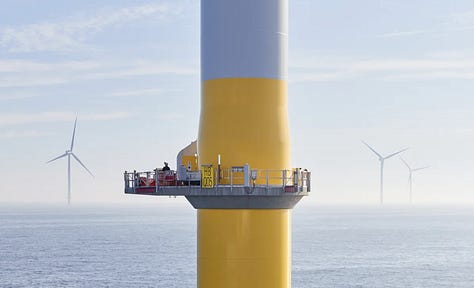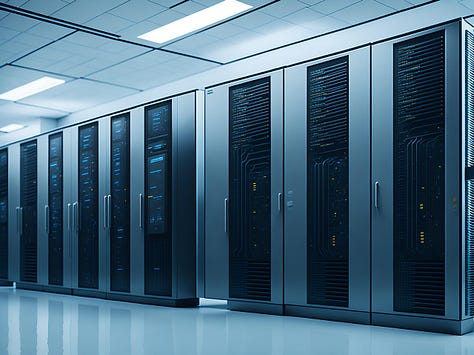Green Lights June 13: Top stories this week
Don't miss a single story from the best of Callaway Climate Insights.






. . . Welcome back to Green Lights. Here’s our roundup of the best of Callaway Climate Insights. This week, David Callaway highlights the proposed rollback of critical EPA regulations and where the bull markets are for sustainable investments. Bill Sternberg writes about a little-noticed provision buried deep in the federal budget legislation that slaps a new tax on EV owners. Plus, Mark Hulbert shows us how to keep unwanted and energy-draining AI out of our personal devices. Have a great weekend and please subscribe to support our climate finance journalism.
. . . . David Callaway calls it “chilling” that the Trump administration is rolling back EPA regulations, particularly something from 2009 called the “endangerment finding,” which embedded in all EPA regulations that power plants emissions were indeed harmful and became the basis for all future regulations. Most energy experts agree that in the battle for new energy dominance in the AI era, the coal train has left the station. Extending coal’s lifeline — a bridge for AI growth or not — will be, in almost every case, bad for business, not to mention the environment.
. . . . While much has been made about the slashing of subsidies for EVs in Trump’s coming budget bill, a little-noticed provision buried deep in the legislation actually slaps a tax on EV owners as well, writes Bill Sternberg. The bill, as passed by the House so far, would tax owners of EVs $250 a year and owners of hybrids $100 a year, arguably to pay for repairs to federal highways the same way gas taxes do. While there is a legitimate debate about how much EV owners should contribute to road maintenance, Sternberg argues the timing and size of the tax in the bill makes it hard to see it as anything else but politically driven.
. . . . There are compelling environmental reasons to limit your personal use of AI tools, even if they are the wave of the future, writes Mark Hulbert. Among them is the fact that for the next several years AI will mostly be using dirty fossil fuels to power its development. But as AI becomes increasingly ubiquitous on our phones and computers, and its energy demands increasingly weigh on electric grids, turning it off is becoming more and more of a challenge. Hulbert details how to limit your AI usage on several popular devices.
. . . . Global climate investors are still bullish on sustainable opportunities, just not in the U.S. and not now. A new global survey of managers shows they plan to focus on Europe and in some cases Asia for the next few years, where climate progress is still being made. The managers added that they believe the U.S. moves will damage the world’s efforts to mitigate global warming, but that they only see them as temporary — until Trump leaves office.
. . . . Data centers, high-end graphics processing units, and cloud-based systems are significant drivers of global electricity consumption, write the authors of The Dark Side of Artificial Intelligence – The Environmental and Economical Cost of Intelligence. “Moreover, the rapid development of AI hardware leads to increased e-waste and resource exhaustion, further straining environmental sustainability. This essay aims to offer a balanced and multifaceted perspective on the double role of AI — highlighting how it can be a driver of economic development and an environmental burden.”
More greenery . . . .
‘Sponge parks’: How Copenhagen is adapting to a warmer world (NPR)
Please! Not the cheese!: Heat and drought can affect milk quality — and cheese (Science News)
Big loss: Major US climate website likely to be shut down after almost all staff fired (Guardian)
A plague: Climate change worsens global locust crisis (Mongabay)
Forecast: Early-season heat wave in France intensified by climate change (Climate Central)






